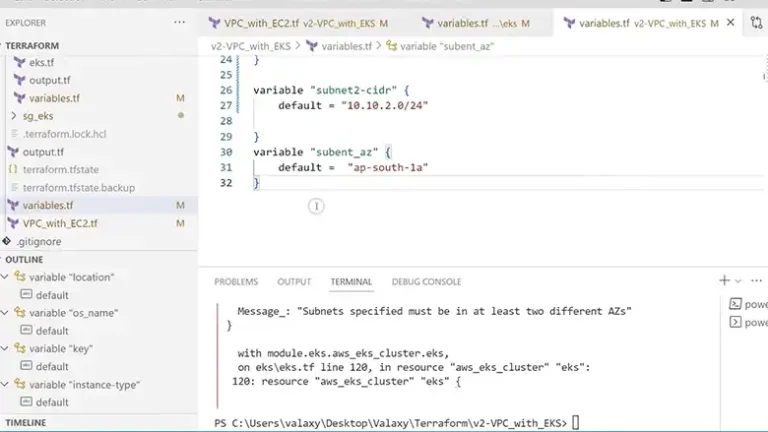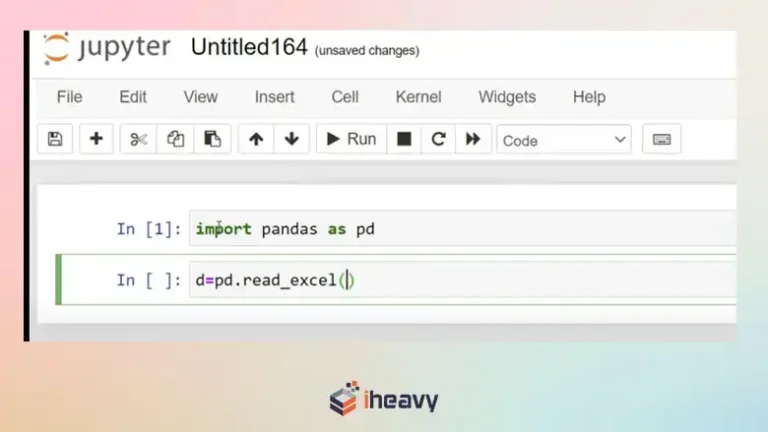Learn to play the organ beginner tips and tricks
How to Learn to Play the Organ – Essential Tips and Tricks for Beginners
Learning to play the organ is a rewarding yet challenging journey that combines musicality technique and discipline. Unlike other keyboard instruments the organ requires mastery of foot pedals multiple manuals and dynamic registration making it a unique and complex instrument to approach. Whether you aspire to play classical repertoire church music or contemporary pieces understanding the fundamentals is crucial for progress.
The organ demands a different skillset compared to the piano or synthesizer. Coordination between hands and feet control over articulation and the ability to manage stops and swell pedals are just a few of the essential techniques to develop. For beginners starting with proper posture finger placement and pedal technique will lay a strong foundation for future growth.
Patience and structured practice are key to mastering the organ. Breaking down complex pieces into manageable sections focusing on slow and precise movements and gradually increasing speed will help build confidence. Additionally studying music theory ear training and historical performance practices will deepen your understanding of the instrument’s rich tradition.
Understanding the Basics of the Organ
The organ is a complex and versatile instrument with a rich history in classical and sacred music. Unlike pianos organs produce sound by pushing air through pipes or generating electronic tones. Mastering the organ requires understanding its unique mechanics and controls.
Organs have multiple keyboards called manuals played with the hands and a pedalboard played with the feet. Most organs feature at least two manuals while larger instruments may have three or more. Each manual controls a different set of pipes or voices allowing for dynamic contrasts.
Stops are another critical feature. These knobs or tabs activate specific sets of pipes or sound samples shaping the organ’s tone. Pulling a stop enables a particular voice such as flute trumpet or strings. Combining stops creates richer textures.
The pedalboard is essential for bass lines and harmonies. Beginners should practice foot positioning and coordination early. Pedals are arranged similarly to piano keys but are larger and played with the heel and toe.
Expression pedals adjust volume and dynamics. Unlike pianos organs do not respond to key pressure–expression comes from stop selection manual changes and pedal control. Proper registration (stop combinations) is crucial for musical phrasing.
Learning the organ requires patience and structured practice. Start with simple exercises to develop hand-foot independence then progress to hymns or classical pieces. Understanding these fundamentals will set a strong foundation for advanced techniques.
What Makes the Organ Different from Other Keyboard Instruments?
The organ is a unique keyboard instrument with distinct features that set it apart from pianos synthesizers and digital keyboards. Here’s what makes it different:
- Sustained Sound: Unlike pianos where notes fade after striking organ notes sustain as long as the key is pressed allowing for continuous sound.
- Multiple Manuals & Pedals: Organs often have multiple keyboards (manuals) and a pedalboard for feet enabling complex polyphonic playing.
- Pipe vs. Electronic: Traditional pipe organs produce sound through air in pipes while electronic organs use digital sound generation. For digital music production tools like FL Studio Free Download – Safe & Secure can help simulate organ sounds.
- Stops & Registration: Organs use stops to control timbre and volume unlike pianos with fixed tonal qualities.
- No Velocity Sensitivity: Organ keys don’t respond to touch dynamics–volume is controlled by pedals or stops.
Mastering the organ requires understanding these differences to fully utilize its expressive capabilities.
Key Components of an Organ: Pedals Manuals and Stops
The pipe organ is a complex instrument with multiple components that work together to produce its rich layered sound. Understanding these key elements–pedals manuals and stops–is essential for any beginner organist.
Pedals
The pedalboard is played with the feet and provides the bass foundation of organ music. It consists of large wooden keys arranged similarly to a keyboard but operated by pressing with the toes or heels. Pedals allow organists to play deep resonant notes while their hands focus on the manuals.
Manuals
Manuals are the keyboards played by the hands. Most organs have two or more manuals each controlling a separate division of pipes. The lower manual (Great) typically produces the main sound while the upper manual (Swell) offers expressive control through dynamic shading. Additional manuals may include the Choir Solo or Echo divisions for specialized effects.
Stops
Stops are controls that activate specific sets of pipes each with a distinct timbre. Pulling a stop engages a particular rank of pipes such as flutes reeds or strings. Stops can be combined to create complex tonal colors. Some organs also feature couplers which link manuals or pedals for unified playing.
Mastering the coordination of pedals manuals and stops is crucial for organ performance. Each component contributes to the instrument’s versatility allowing musicians to produce everything from delicate melodies to powerful symphonic textures.
How to Sit Properly and Position Your Hands and Feet
Proper posture and positioning are crucial for organ playing. Sitting correctly ensures comfort control and endurance during practice and performance.
Adjust the bench height so your elbows and wrists align naturally with the keyboard. Your arms should form a slight downward angle without tension. Keep your back straight shoulders relaxed and feet flat on the pedals or floor.
Place your hands on the keys with curved fingers as if holding a small ball. Avoid collapsing your wrists–they should stay level with your forearms. Use fingertips for precision not flat fingers.
Position your feet so heels remain on the pedalboard while toes press the keys. Keep knees slightly apart for balance. Practice shifting weight smoothly between hands and feet without losing posture.
Regularly check for tension in your body. Correct positioning prevents fatigue and improves technique over time.
Starting with Simple Exercises
Mastering the organ begins with foundational exercises that develop finger independence pedal coordination and proper posture. Start slow and focus on precision before speed.
Hand Exercises
Begin with basic finger drills to strengthen dexterity:
- Five-Finger Patterns: Play C-D-E-F-G with each hand ascending and descending using correct fingering.
- Broken Chords: Practice triads (C-E-G) one note at a time alternating hands.
- Scale Fragments: Play short scales (e.g. C major 1 octave) with even pressure.
Pedal Exercises
Train your feet separately before combining with hands:
- Single Notes: Alternate feet on C and G (lowest pedals) holding each note for 4 beats.
- Half-Step Movements: Slide from C to C# with one foot maintaining steady tempo.
- Simple Intervals: Play C-E-G with the right foot lifting smoothly between notes.
Coordination Drills
Combine hands and pedals gradually:
- Play a 5-note scale (C-G) with the right hand while holding pedal C.
- Add left-hand chords (e.g. C major) on the first beat of each measure.
- Introduce pedal changes every 2 bars matching the bass note of the chord.
Practice each exercise for 5-10 minutes daily using a metronome at 60 BPM. Increase speed only when movements feel effortless.
Mastering Finger Independence: Basic Drills for Beginners
Finger independence is crucial for organ playing as it allows precise control over multiple voices and complex passages. Start with these fundamental drills to develop agility and coordination.
1. Five-Finger Exercise: Place each finger on adjacent keys (C-D-E-F-G). Play one note at a time while keeping the others relaxed. Repeat with different finger combinations.
| Hand | Fingers (L/R) | Pattern |
|---|---|---|
| Left | 5-4-3-2-1 | C-D-E-F-G |
| Right | 1-2-3-4-5 | C-D-E-F-G |
2. Alternating Finger Pairs: Strengthen weak fingers (4th and 5th) by practicing alternating pairs. Example:
| Fingers | Notes | Duration |
|---|---|---|
| 1 & 3 | C-E | Quarter notes |
| 2 & 4 | D-F | Quarter notes |
3. Hanon-Style Patterns: Use chromatic or scale-based patterns to improve evenness. Example: Play C-D-E-F-G with fingers 1-2-3-4-5 then descend.
Key Tips:
- Practice slowly with a metronome (60 BPM).
- Keep wrists flexible and fingers curved.
- Avoid tension–release after each note.
- Gradually increase speed only when accuracy is consistent.
Practicing Pedal Techniques: From Single Notes to Scales
Mastering pedal technique is crucial for organists as the pedals add depth and complexity to performances. Start by positioning your feet correctly–heels together toes slightly outward. Wear organ shoes or thin-soled shoes for better control.
Begin with single notes. Play middle C with your right foot focusing on precision and even pressure. Repeat with other notes ensuring clean articulation. Avoid lifting your foot too high–keep movements efficient.
Once comfortable practice alternating feet. Play C with the right foot then D with the left. Maintain consistent volume and timing. Gradually increase speed while staying accurate.
Move to simple intervals such as thirds or fifths. Play C-E or C-G using one foot per note. Focus on smooth transitions and proper legato.
Introduce scales slowly. Start with C major ascending and descending. Keep toes centered on the keys for stability. Use heel-toe technique for faster passages–roll from heel to toe without lifting the foot entirely.
Practice daily starting at a slow tempo. Use a metronome to develop steady rhythm. Increase speed only when confident in accuracy. Record yourself to identify areas for improvement.
Combining Hands and Feet: Simple Coordination Exercises
Mastering organ playing requires seamless coordination between hands and feet. Beginners often struggle with this but structured exercises can help build muscle memory and confidence.
1. Separate Practice: Before combining movements practice hands and feet independently. Play a simple melody with your right hand while keeping a steady rhythm with your left. Then practice pedal notes alone until comfortable.
2. Basic Pedal Patterns: Start with single-note pedal lines. Play a C major scale with your hands while holding a sustained C note with your left foot. Gradually introduce alternating pedal notes (e.g. C-G-C-G) to improve foot agility.
3. Slow Hand-Foot Combinations: Choose a simple hymn or chorale. Play the melody with your right hand chords with your left and root notes with your feet. Begin at a slow tempo ensuring accuracy before increasing speed.
4. Rhythmic Coordination: Practice syncopated patterns. For example play quarter notes with your hands while tapping eighth notes with your feet. This trains your limbs to move independently.
5. Progressive Difficulty: Gradually introduce more complex pieces. Start with two-part exercises (one hand + pedals) then incorporate the second hand. Bach’s simpler chorales are excellent for this.
Consistency is key. Dedicate 10-15 minutes daily to coordination drills and you’ll see steady improvement in your organ playing.
FAQ:
What’s the best way to start learning the organ as a complete beginner?
Begin with basic music theory and keyboard skills. Familiarize yourself with reading sheet music hand positioning and pedal technique. Start practicing on a small keyboard or digital organ before moving to a pipe organ. Taking lessons from an experienced teacher helps avoid bad habits early on.
How long does it usually take to play simple organ pieces well?
Progress depends on practice frequency and prior experience. With regular practice (3-5 hours a week) most beginners can play simple hymns or short pieces within 6-12 months. Consistent finger and pedal coordination drills speed up learning.
Do I need to know how to play the piano before learning the organ?
While piano skills help with manual technique the organ requires different skills like pedalboard control and registration. Many organists start without piano experience but basic keyboard familiarity makes the transition smoother.
What’s the hardest part of learning the organ?
Coordinating hands and feet is often the biggest challenge. Unlike piano organ playing involves independent footwork for bass notes and expression pedals. Breaking exercises into small sections and slow practice helps build muscle memory.





